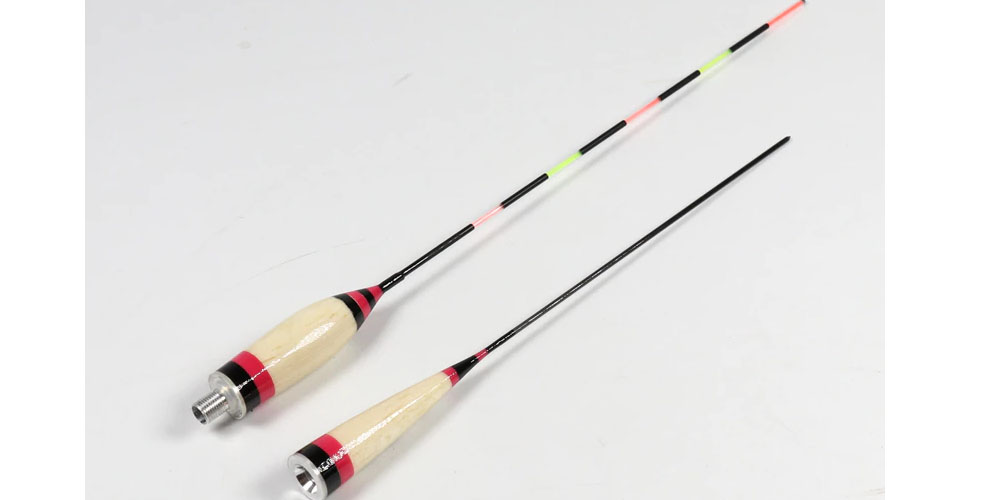For centuries anglers have used fishing floats to aid in their fishing escapades. In the present day, the make and model of fishing floats have evolved. The most recent design is the LED fishing float, which has made fishing much more efficient. This article will discuss the role of fishing floats in fishing and the different types of fishing floats.
1.The role of a fishing float in fishing
Fishing floats come in different sizes and shapes. Each design targets specific environments and the strength of the currents. Floats give the angler the exact location of bait after it’s been cast from a boat or shoreline. Choosing the appropriate float requires thorough knowledge of wind speeds, the size of the bait he uses, and the depth the angler wishes to fish at.
Thus, to ensure the float sits directly above the bait, the line connecting the two has small weights attached to it. When the float has been cast, only a small part of the top is visible to the angler, while the bottom part is dull to avoid drawing attention from the fish. Modern float designs have an alert system that makes the float change color when there is a bite on the hook. Smart fishing floats sense changes in gravity when a fish starts pulling on the line.
2.Different types of fishing floats
Fishing floats have changed and evolved over the decades. Better and more efficient designs replace old designs. The following are a few types of fishing floats and their characteristics.
a. The waggler
This type of fishing float is commonly used in still water bodies but can also be used in fast-paced water. The fishing float is strait or thick on one end. Straight wagglers are usually made of clear plastic and take a tube-like shape. The thicker waggler differs from the tube waggler in that it offers better stability when fishing. Lastly, some waggler floats are made of cane, reed, and balsa wood.
b.The stick float
The stick float’s design allows for use in water bodies that have faster currents towards the surface and slower at the bottom. The stick float is designed in such a way that the top is thicker than the bottom.
c.Pole floats
Pole floats come in a variety of shapes and sizes. Dibber, body up, and pear-shaped are some of the more commonly used pole float designs. Among the three, the dibber is the smallest and is mostly used to catch smaller fish in calmer waters.
d.Pellet waggler
A pellet waggler is a fishing float designed short and thick, mostly used when fishing for carp. Carp will feed on or near the surface, which makes using the pellet waggler a smart idea. This kind of float is made of wood of foam, which makes them extra buoyant.
The pellet waggler is useful in the commercial fishing ad has been reported to catch massive fish. Modifications have been made to the float to aid in easier casting.
Conclusion
The role of fishing floats is no doubt crucial in fishing. Without the float, the bait would no doubt sink and float back to the angler. Without fishing floats angling would be an impossible task. Fishing floats have diversified in terms of design and efficiency over the years. Examples of fishing floats include the waggler, pole floats, the stick float, and the pellet waggler.
